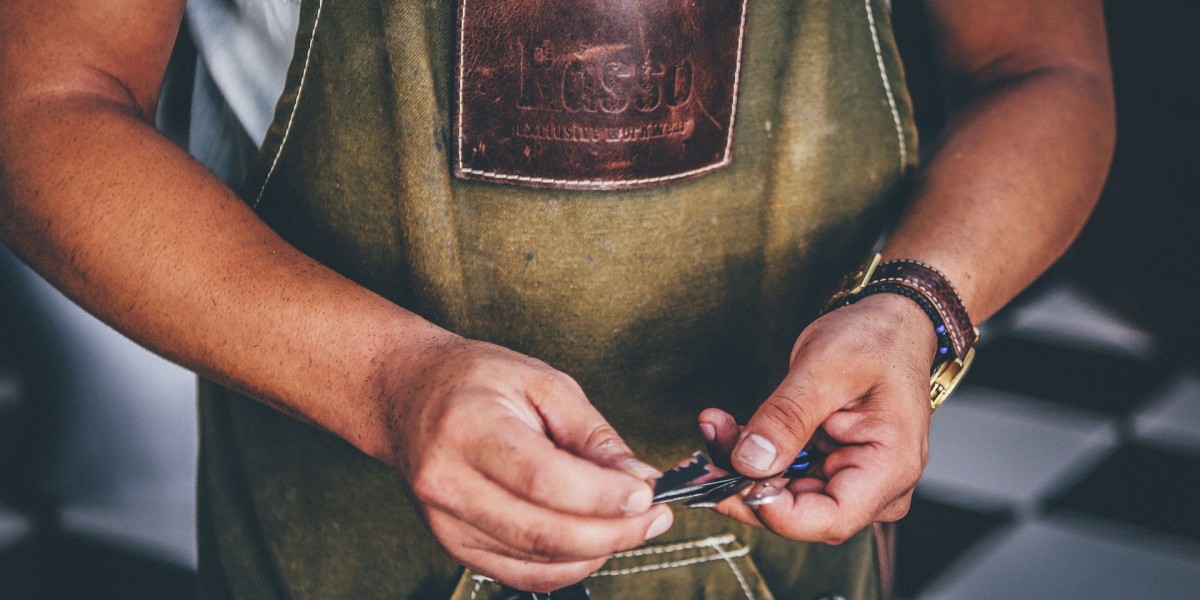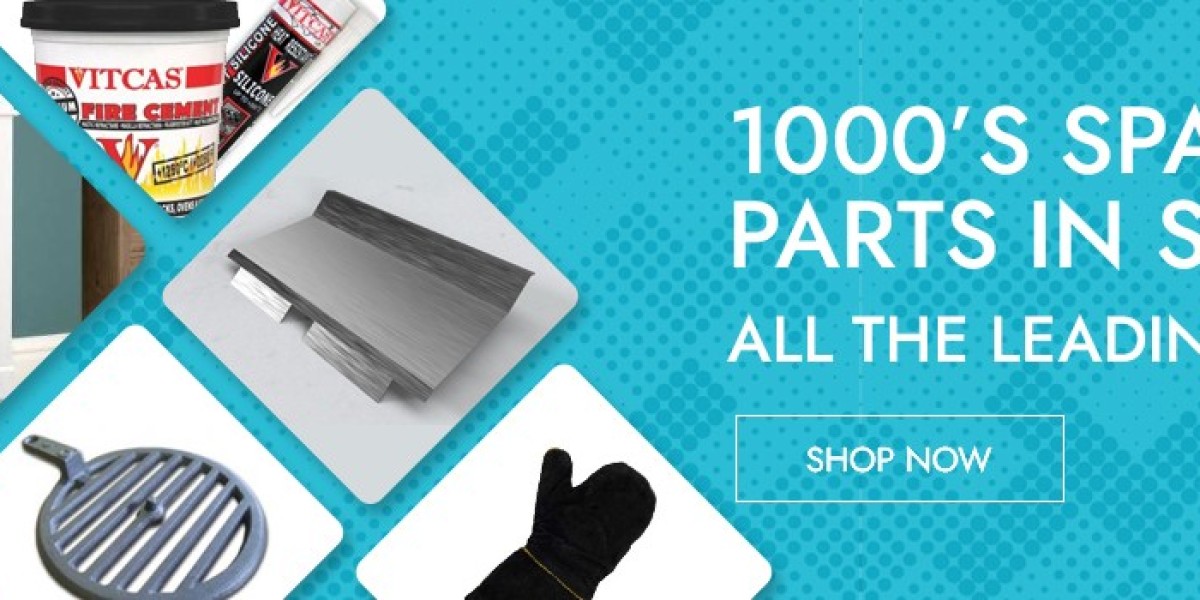A leather apron is more than just a functional piece of clothing; it’s a statement of style and craftsmanship. Whether you’re a passionate home cook, a dedicated craftsman, or a professional chef, maintaining your leather apron is essential for ensuring its longevity and appearance. In this blog, we’ll explore the best practices for caring for your leather aprons, helping you keep them in excellent condition for years to come.
Understanding Leather
Types of Leather
Before diving into care practices, it’s important to understand the type of leather your apron is made from. Common types include:
- Full-Grain Leather: This is the highest quality leather, retaining the natural grain and imperfections. It’s durable and ages beautifully.
- Top-Grain Leather: Slightly less durable than full-grain, top-grain leather is sanded and finished to remove imperfections. It’s still high-quality but may not develop the same character over time.
- Suede: Made from the underside of the hide, suede is softer but less durable than other types. It requires more careful maintenance.
Understanding your leather apron’s material will guide you in providing the best care.
Why Care Matters
Proper care of your leather apron not only enhances its appearance but also prolongs its life. Leather can be sensitive to environmental factors, and neglect can lead to cracking, fading, and wear. By implementing good care practices, you can ensure your leather aprons remain functional and stylish.
Best Practices for Caring for Your Leather Apron
1. Regular Cleaning
Wipe Down After Use
After each use, take a moment to wipe down your leather apron with a soft, damp cloth. This removes any food particles, moisture, or oils that may have accumulated during cooking or crafting. Avoid using harsh chemicals or detergents, as these can damage the leather.
Deep Cleaning
Periodically, you should perform a more thorough cleaning. Use a leather cleaner specifically designed for your type of leather. Apply the cleaner with a soft cloth, following the manufacturer's instructions. This helps remove deeper stains and grime while maintaining the leather’s integrity.
2. Conditioning
Why Conditioning is Important
Leather, like skin, can dry out over time. Conditioning helps replenish the natural oils that keep your leather apron supple and prevents cracking.
Choosing the Right Conditioner
Select a high-quality leather conditioner that suits your apron’s material. For example, full-grain leather may require a heavier conditioner compared to suede. Apply the conditioner sparingly, using a clean cloth to work it into the leather gently.
Frequency
Condition your leather aprons every 3-6 months, or more frequently if you use them often. This regular maintenance keeps the leather looking fresh and feeling soft.
3. Protecting from Stains
Avoiding Spills
While working with your leather apron, try to avoid spills whenever possible. If a spill occurs, blot it immediately with a clean cloth—never rub, as this can spread the stain.
Dealing with Common Stains
For common stains, such as grease or ink, use a leather-specific cleaner. Follow the instructions carefully, and test any cleaning solution on a small, inconspicuous area first to avoid discolouration.
4. Storage
Proper Hanging
When not in use, hang your leather apron on a sturdy hook or hanger. This prevents creasing and maintains its shape. Avoid folding the apron, as this can lead to permanent creases and damage over time.
Climate Control
Store your leather apron in a cool, dry place away from direct sunlight and heat sources. Excessive heat can dry out the leather, while humidity can lead to mould and mildew growth.
5. Repairing Damage
Assessing Damage
Regularly inspect your leather apron for signs of damage, such as cracks, tears, or fading. Addressing these issues promptly can prevent more significant problems down the line.
DIY Repairs
For minor scratches or scuffs, you can use a leather repair kit to restore the appearance. Follow the kit's instructions carefully. For significant damage, consider consulting a professional leather repair service.
6. Avoiding Water Exposure
Waterproofing
While some leather aprons come treated to resist water, it's still best to avoid exposing them to moisture. If your apron does get wet, dry it slowly at room temperature—never use heat sources like a hairdryer.
Waterproof Sprays
Consider applying a leather waterproofing spray designed for your specific leather type. This can provide an additional layer of protection against moisture and stains.
7. Personal Touches
Customisation
Many people choose to personalise their leather aprons with monograms or embroidery. This not only adds a unique touch but can also help you identify your apron in a shared space.
Style and Functionality
Consider adding pockets or other features that enhance the functionality of your leather apron. Custom pockets can be particularly useful for holding tools or utensils while you work.
Conclusion
Caring for your leather apron is an investment in both its appearance and longevity. By following these best practices—regular cleaning, conditioning, protecting from stains, proper storage, and repair—you can ensure that your leather aprons remain in excellent condition.
With the right care, your leather apron will not only serve you well for years but also develop a unique character that reflects your culinary journey. Remember, a well-maintained leather apron is not just a functional piece; it’s a cherished companion in your cooking and crafting adventures.









